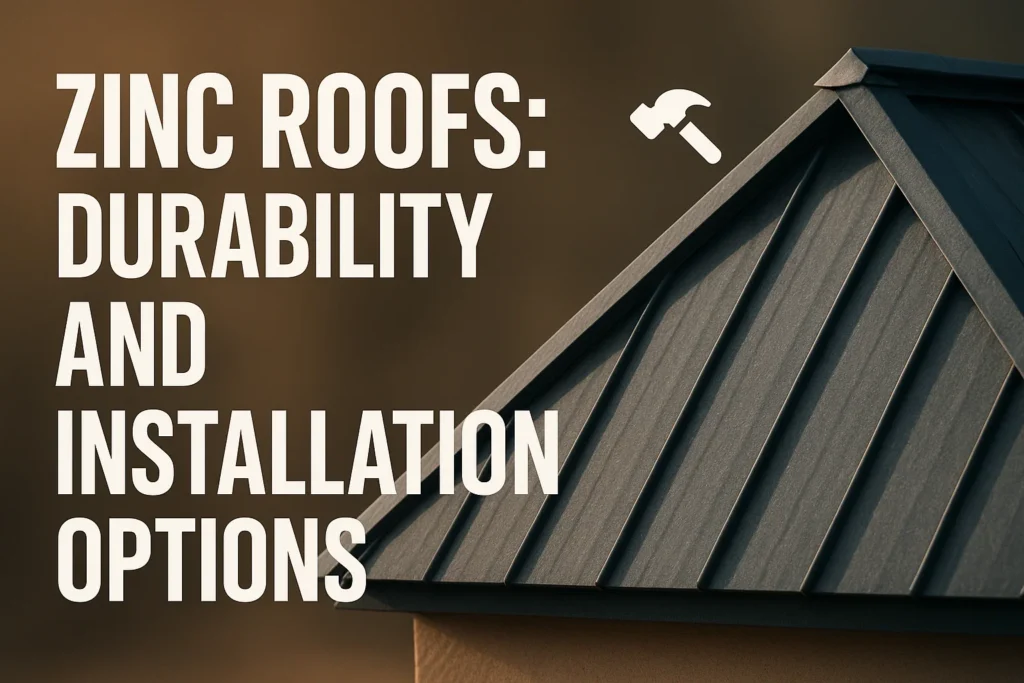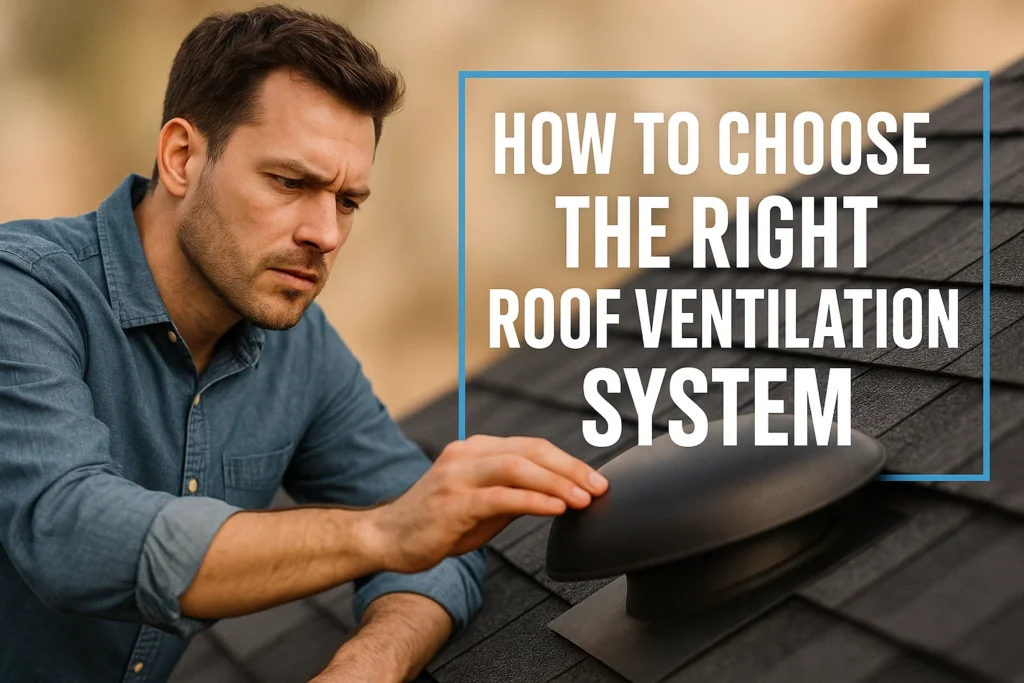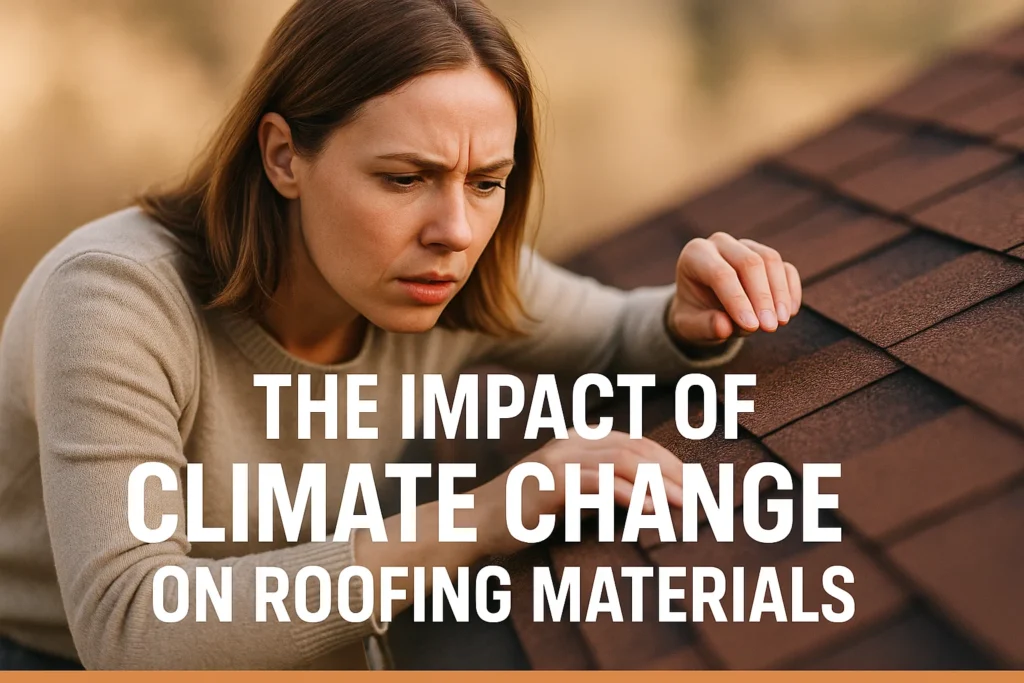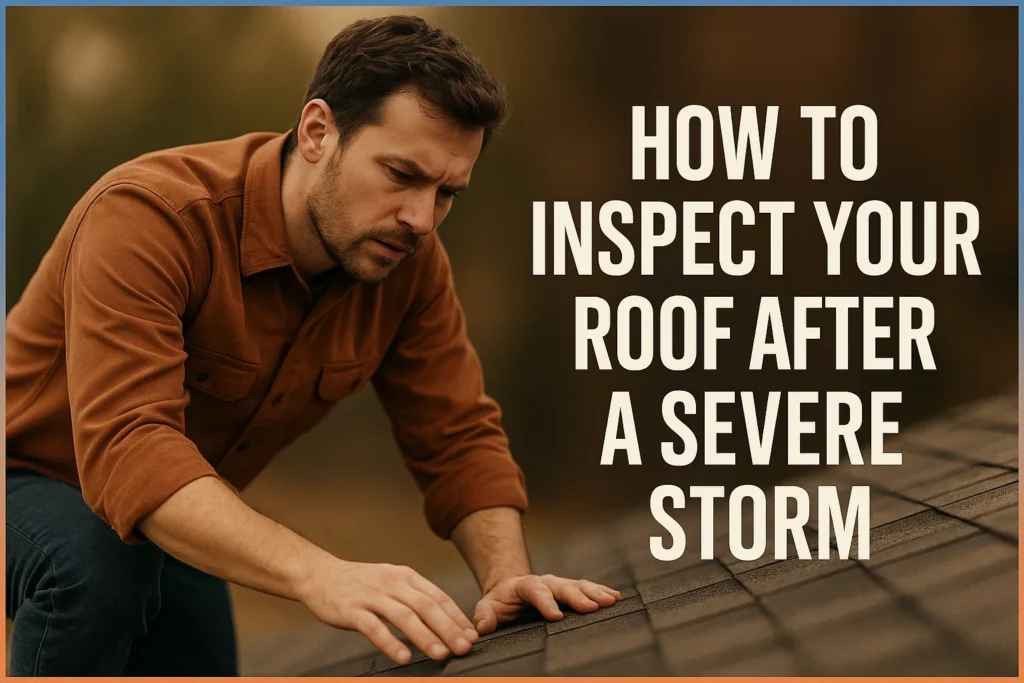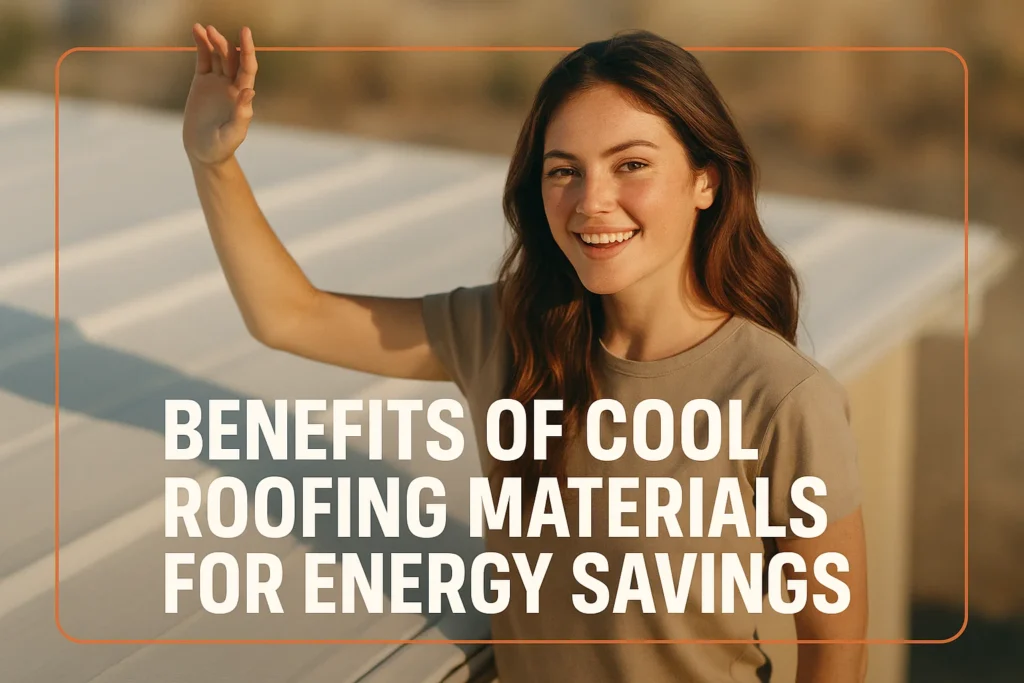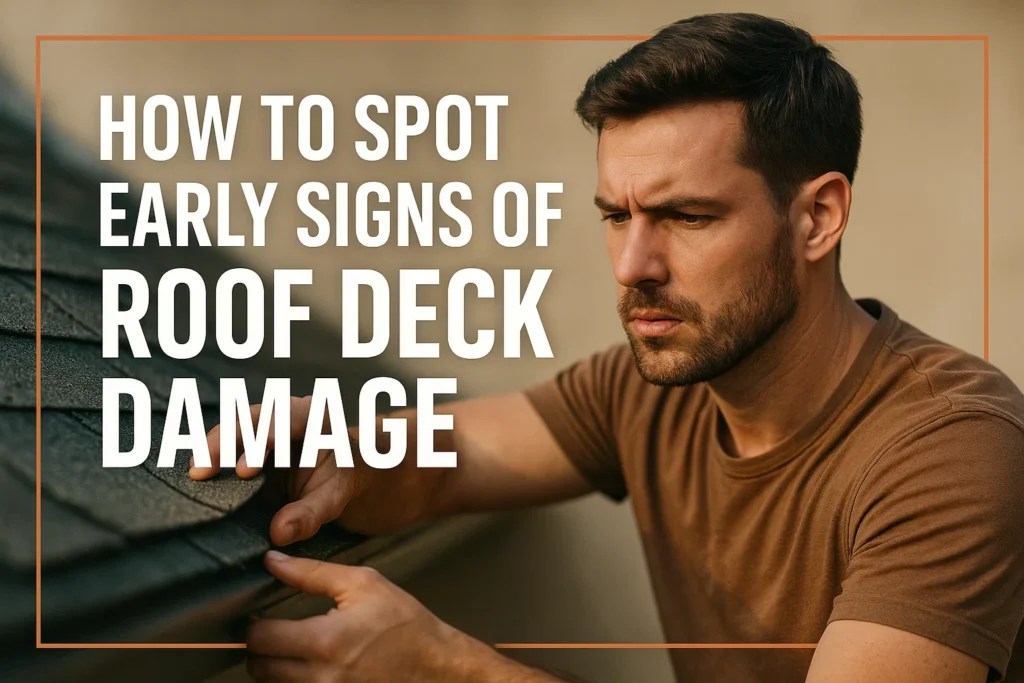Zinc roofing is becoming popular as high high-quality, durable and beautiful material. It is durable, requires little maintenance, and is environmentally friendly, hence a great investment for the homeowner and architects. You can read about zinc roofing or consider it as a possibility, and this guide provides you with a clear idea of it and the comparisons with other materials.
What is Zinc Roofing?
It is a combination of metal panels or sheets composed primarily of zinc, a metallic element that is found on the earth in the form of bluish-white. The ability of zinc to resist corrosion is due to the formation of a protective patina when exposed to weather, which essentially self-heals little exterior damage. The patina prevents rust on the roof, maintains its integrity, and provides the roof with a beautiful finish with changes colors with time.
Different Types of Zinc Roofs
Zinc roofing is available in a variety of styles, each applied to design requirements and budgets:
• Standing Seam Panels: Panel Raised seams are held together by vertical locking to create a waterproof, wind-resistant surface. Ideal for complex roofs and modern aesthetics.
• Corrugated Zinc Panels: The wavy designs provide strength and rapid drainage. Common in agrarian or industrial styles, increasingly popular in residential applications.
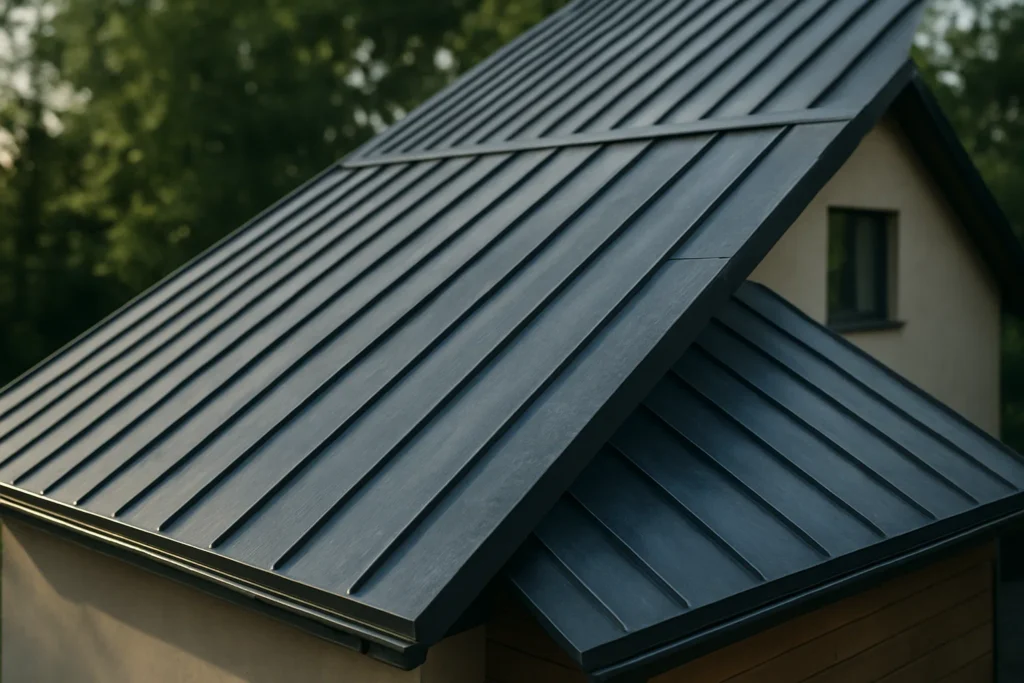
• Flat Lock Panels: Flat panels are used to create a smooth and modern appearance that is popular with modern architecture by overlapping in a grid.
• Zinc Shingles/Tiles: Interlocking rhomboid, square, diamond or rhomboid tiles (all interlocking) provide decorative options.
• Pigmented or Pre-Weathered Zinc: Zinc sheets that are treated in fabrics to a standard colour or increased coastal protection.
Zinc Roofing vs. Other Roofing Materials
The price-life span of Zinc is good. It is cheaper than copper and more robust than steel or asphalt, and a good middle-ground choice in the premium metal roofs. Zinc delivers both long life and environmental benefits. It is more expensive than the usual options like asphalt and aluminum, to start with.
| Material | Cost per Sq. Ft. | Lifespan | Key Benefits | Drawbacks |
| Zinc Roof | $10 – $20 | 80 – 100+ years | Long-lasting, self-healing, eco-friendly | Higher upfront cost |
| Copper Roof | $20 – $40 | 80 – 100+ years | Extremely durable, distinctive look | Very expensive |
| Aluminum Roof | $7 – $17 | ~40 years | Lightweight, corrosion-resistant | Shorter lifespan |
| Steel Roof | $4 – $21 | ~50 years | Affordable, durable | May rust without coating |
| Asphalt Roof | $4 – $8 | 15 – 30 years | Affordable, common | Less durable, shorter life |
Installation of Zinc Roofing
Zinc roofing is an art of work that requires planning and selective attention and labor. These are measures to make sure that the roof will be durable, shielded against the weather and attractive. The following is a step-by-step guide for the installation.
Preparation:
- Clean and repair the roof surface. Clean everything, moss, algae, and ruined material, in such a way that the base is smooth and solid.
- Inspected roof deck (usually plywood or OSB). The metal panels need to be reinforced to help support it.
- Lay out an underlayment or waterproof wrap over the deck to provide an additional barrier to water infiltration.
Materials and Tools:
- Zinc panels or sheets are the main material. They come in a number of profiles, that is, standing seam, corrugated, flat lock, and shingles.
- Other materials are clips, fasteners, ridge caps, sealants and optional special coatings.
- Tin snips, drills, hammers, tape measures, safety harnesses, and ladders should be required.
Steps of Installation
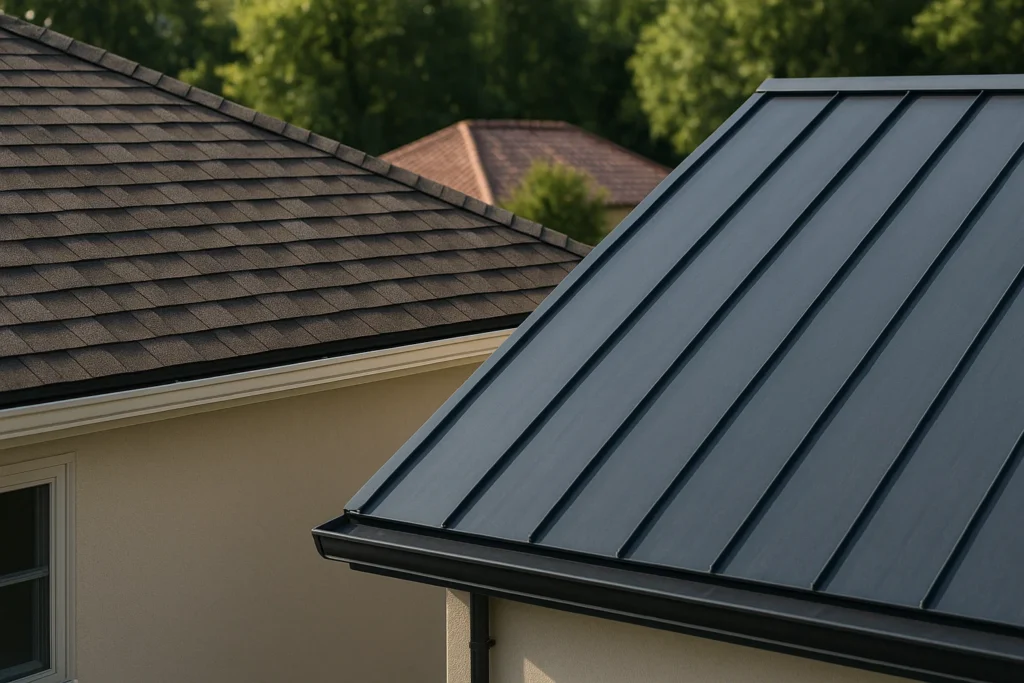
1. Measuring and Cutting
- Measure zinc panels in order to fit roof sizes exactly.
- Use a tin snip or metal shears and cut straight edges and beveled corners so that there will be more overlap and water will drain.
2. Attachment
Installation starts at the bottom edge of the roof and runs up the roof towards the ridge.
- Attach position and fix panels with uniformly spaced clips or fasteners so that they may undergo expansive and contractive effects of thermodynamic forces without deformity.
- Seize standing‑seam zinc panels mechanically at the joints for water‑tightness.
- Glue and match overlapping edges precisely to avert leaks.
3. Ventilation and Insulation
- Ventilate the roofs properly; leave a cavity or air between the zinc roofing to avoid condensation.
- Add insulation sheets and vapor blocks to the roof frame to enhance energy saving and secure the roof frame.
4. Ridge Caps and Flashing
- Fit ridge caps and flashing on any susceptible areas, including ridges, valleys and areas surrounding the roof perimeter to cover the roof and keep water out.
- Fasten these parts so that they may be extended and then contracted without any break in the waterplace.
5. Finishing Touches
- Check the roof, and make sure that all roof panels are fastened in place, all seams are sealed well, and surfaces are without defects or damage.
- Clean up the stuff and remove any protective films.
Considerations:
- The installation of zinc roofing needs to be done by professionals to achieve precision.
- Be careful of thermal movement-zinc both expands and contracts with temperature, so fitting systems need to be both secure and flexible.
- Safety is essential: install harnesses and correct scaffolding when dealing with roofs.
Is Zinc Roofing a Good Investment?
Zinc roofing is generally more expensive initially than regular roofing, ranging in price between $10 and 25$ per square foot. Price differs depending on the type: standing-seam panels are more expensive than corrugated panels. These expenses include the premium material of zinc, the expertise to work and the value in the long run due to its durability and low maintenance. Although the initial cost is higher, zinc roofs save money in the long run because of their durability and low maintenance.
Conclusion
A zinc roof is a good investment to choose due to the fact that it provides long-term performance, environmental friendliness, and an impressive appearance. Zinc is more expensive, but has superior life and less costly maintenance, and a distinctive appearance, which makes it valuable over many decades. This manual assists residential owners and constructors in making decisions concerning zinc roofing, reflecting its flexibility and longevity in the contemporary construction industry.
FAQs
Zinc Roofs generally provide 80-100 years or longer life span, and therefore, they are one of the longest-lasting roofing materials.
Zinc is more expensive in initial cost, which ranges between $10 and 25 per square foot, but the cost is balanced by its long lifespan and low maintenance.
Zinc roofs need very little maintenance; the natural patina shields and heals the minor scratches. The cleaning on a regular basis and periodic professional inspection is typically adequate.
Yes, zinc roofing has great moisture and fire resistance, insect and harsh climate resistance, and coastal environments.
Yes, zinc is 100% recyclable and energy-efficient, making zinc roofs an excellent sustainable choice.


